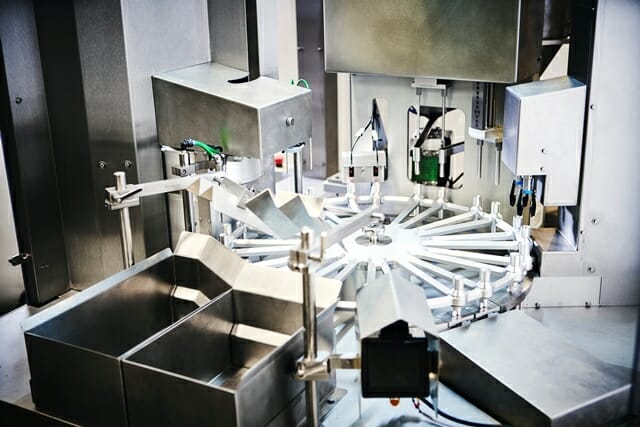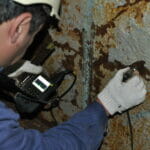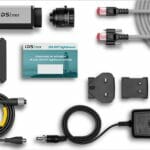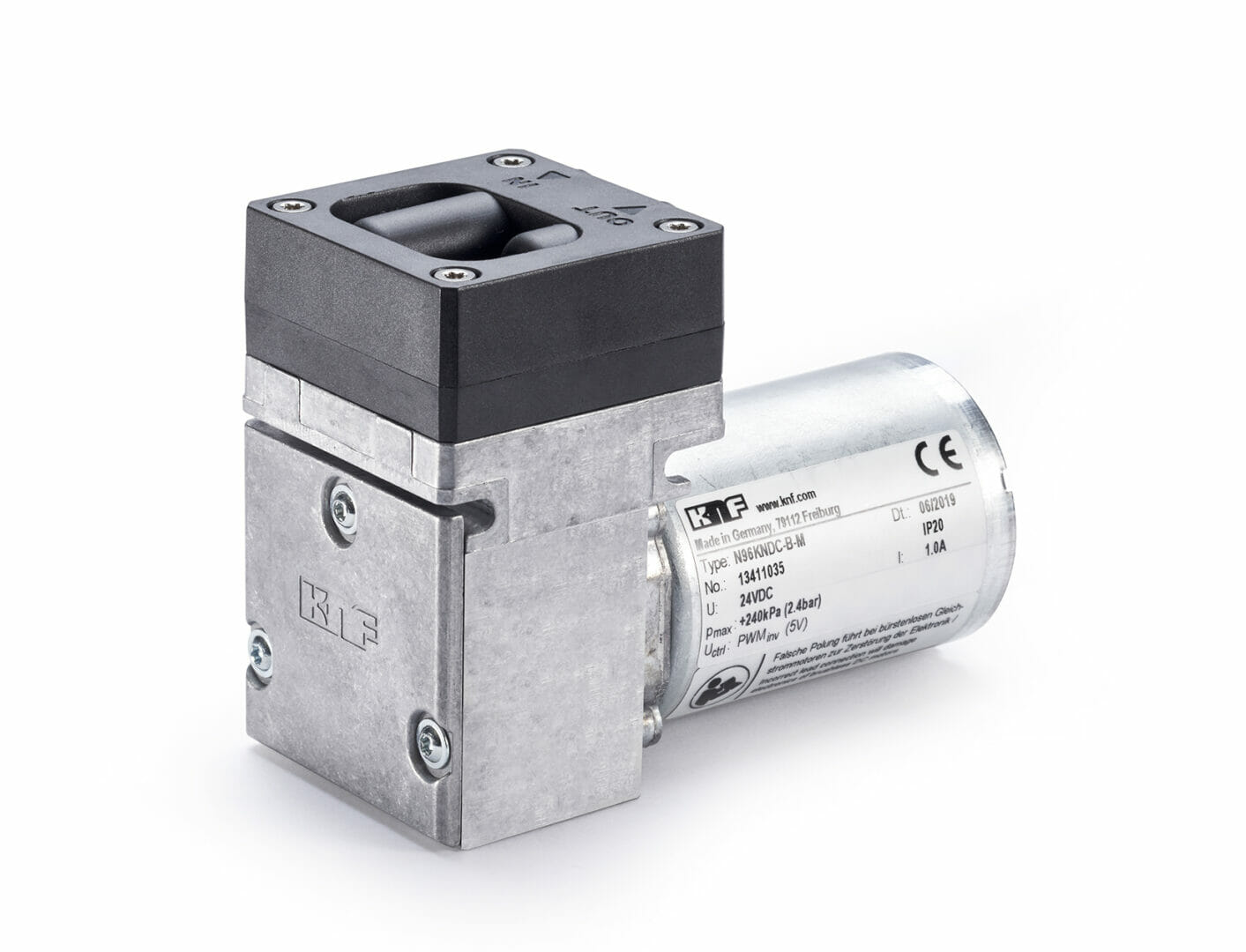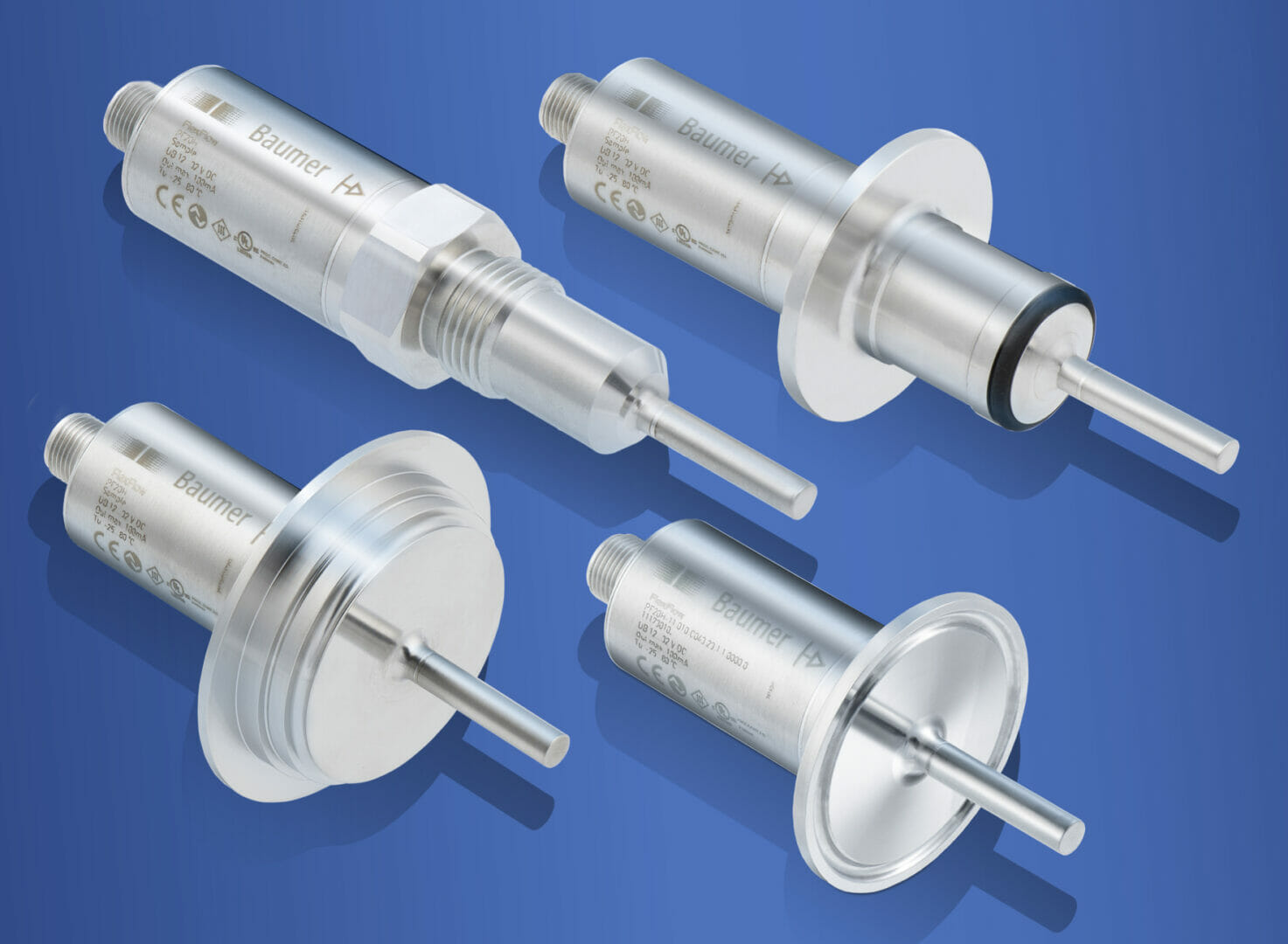Automation comes in many different guises, including a multitude of standard machines and systems, designed and manufactured to perform specific functions. At the other end of the scale, there is the proliferation of the latest collaborative robots. These offer high levels of flexibility, but with limitations on speed, payload and application to ensure safety of operators sharing the same workspace.
There are however many applications where neither the standard approach nor the robotic solution, whether it is an industrial or collaborative variant, is able to meet all of the specified criteria. In these instances, only a bespoke automation system, designed around the specific requirements and characteristics of the product, and its manufacturing processes, has the capability to deliver the optimum solution with no compromises.
This informative article by Paul Simmons, Engineering Director at CME Limited, discusses what makes a bespoke solution effective and also explains how the term “bespoke” can sometimes be misunderstood.
Given a choice, we would all prefer to buy proven technology in the form of a standard machine which has a track record in the field. Unfortunately, this is not always possible, especially in instances where new products are being developed and brought to market. In some cases these products may require a series of specific processes or manufacturing steps to be performed in ways which existing standard machines are unable to achieve. This is where a bespoke solution, tailored to the product and the most efficient technologies required to produce it, will be the most efficient and potentially cost effective solution.
Paul Simmons expands on the term bespoke: “It’s worth pointing out that the term bespoke can mean different things to different people. Some may believe that the term “bespoke” infers limited capability or flexibility. Of course, there are some bespoke machines designed to perform highly repetitive assembly or process tasks on very specific parts with limited flexibility. The bespoke systems designed and built by CME, are multi-technology solutions which may encompass a combination of pneumatics, servo systems, machine vison, robotics or other processes. We specify and tailor these bespoke solutions around the customers’ specific requirements, and crucially, we always consider how to incorporate future-proofing features wherever possible.”

(An automated packaging solution, developed by CME, that conforms to medical and pharmaceutical standard 21 CFR Part 11)
The key to success, according to Paul Simmons, is primarily CME’s innovative design concepts. When these are combined with a range of proprietary technologies, carefully selected to maximise the capability and performance of the system, the result is a solution which meets all of the technical and commercial criteria and which will deliver a competitive advantage for the customer.
The starting point is a detailed evaluation of each individual operation and stage in the manufacturing process together with the customer. This not only defines the detail within the user requirements specification, but also enables an alternative approach to individual tasks to be considered. Paul Simmons highlights a specific example:” A customer considering the purchase of a new automated system explained one step in their existing process. This was the inspection of product at pre-defined intervals, by removing product from the line and taking it to an offline station. As part of our bespoke solution, we were able to design in a machine vision system to perform the same check, but on 100% of the parts manufactured automatically. This not only improved quality control but generated savings in time and cost by eliminating the need for offline inspection. A simple yet valuable change.”
A bespoke solution, whilst addressing the needs of today, can also be designed to incorporate a degree of flexibility for future product designs or sizes. This can be achieved in a number of ways, either through a series of pre-defined adjustments or settings, which in certain cases can be initiated automatically form the system HMI, by manual setting procedures, or if required by change parts. Other examples of enhancing the capability of a system may include the integration of a robot(s) to either transfer, orientate or perform other assembly or process tasks that require greater degrees of flexibility.

(New innovative packaging technology, developed by CME, produces 100 packs of 12 units per minute in this bespoke machine)
A bespoke solution will also benefit from experience gained in different sectors. Paul Simmons explains:” As a company active across a number of different market sectors, we benefit from the ability to apply concepts or techniques from these different sectors. For example, the tobacco sector operates at very high speed, so where speed is essential for an application within another sector, we can draw upon that expertise to help define a solution. The same principles apply where cleanliness or hygiene is important, we can draw on our experience from the Pharmaceutical and Food sectors.”
This ability to completely tailor the solution to meet the demands of the customer, their products, and any specifications or regulations specific to their industry sector offers a comprehensive solution without compromise.

